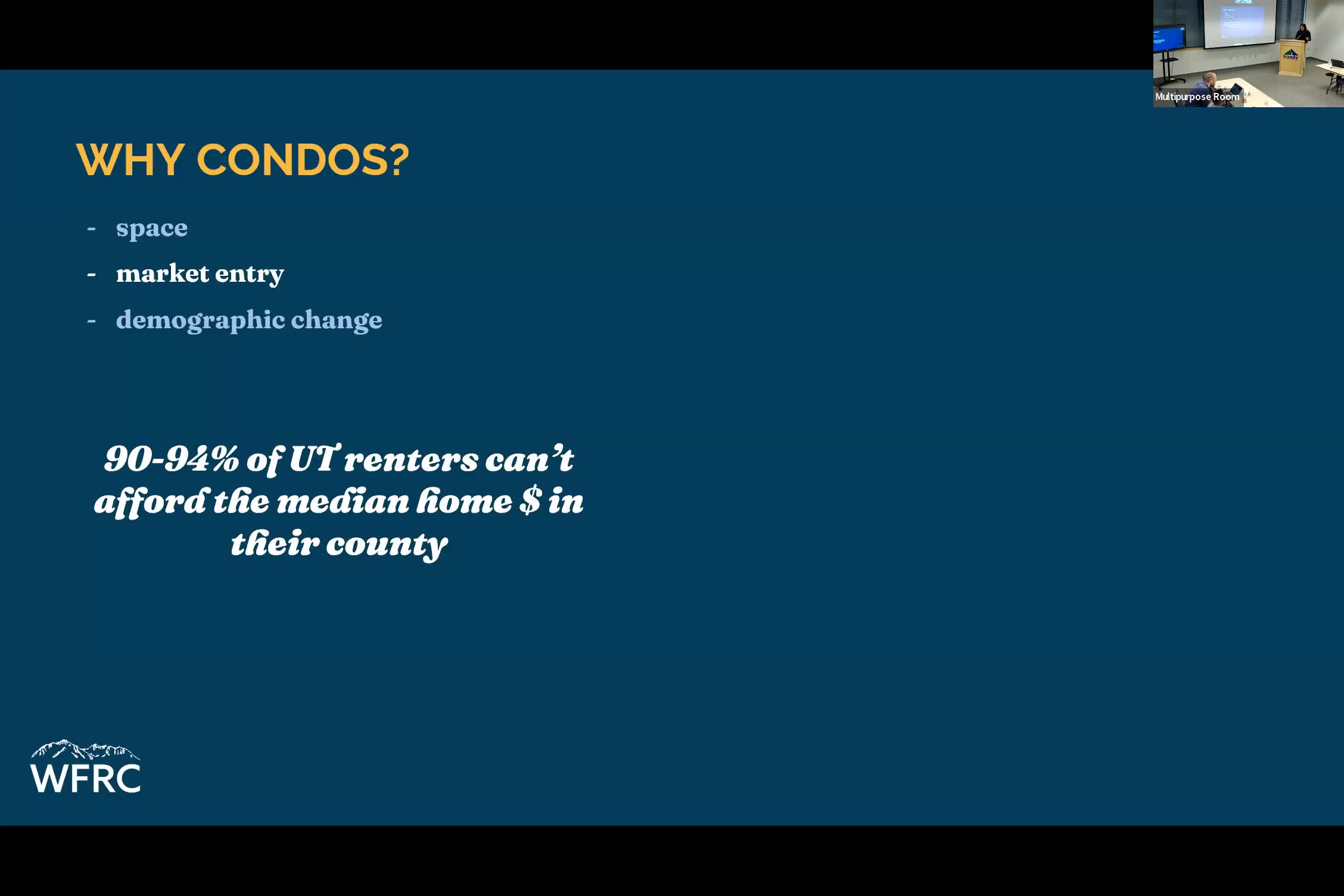Utah's Housing Demand Grows as Prices and Incomes Shift Amid Population Trends
July 22, 2025 | Sandy, Salt Lake County, Utah
This article was created by AI summarizing key points discussed. AI makes mistakes, so for full details and context, please refer to the video of the full meeting. Please report any errors so we can fix them. Report an error »

Sandy City Council is taking significant steps to address the ongoing housing crisis in Utah, as highlighted in a recent meeting held on July 22, 2025. The council discussed the pressing need for additional housing units, with estimates indicating that the state requires approximately 25,000 new units annually to keep pace with population growth and demand.
The meeting featured insights from housing experts who presented data showing a stark contrast between median incomes and home prices over the past few decades. In 1990, the median income in Utah was $64,000, while the median home price was $68,000. Today, those figures have risen to $79,000 and $546,000, respectively. This disparity underscores the challenges many residents face in accessing affordable housing.
One proposed solution is to encourage the development of condominiums, which are generally more affordable than single-family homes. The council noted that demographic changes, including an aging population, could lead to increased demand for smaller housing options as older residents look to downsize. This shift could help free up larger homes for families, contributing to a healthier housing market overall.
Diane Eskich, a senior research fellow at the Gardener Policy Institute, emphasized the importance of understanding demographic trends in housing planning. She noted that while Utah's birth rate is declining, the state continues to experience net migration, leading to sustained population growth. This growth is expected to create a significant demand for housing in the coming years, particularly as younger generations begin to form households.
The council also discussed the impact of rising interest rates on housing affordability. As interest rates have increased, so too have monthly mortgage payments, making homeownership less accessible for many. The current market conditions have resulted in a notable increase in the percentage of renters who feel priced out of the housing market.
In conclusion, the Sandy City Council is actively seeking solutions to the housing crisis, focusing on increasing the availability of affordable housing options and understanding demographic shifts. As the community continues to grow, these discussions will be crucial in shaping a sustainable housing strategy that meets the needs of all residents.
The meeting featured insights from housing experts who presented data showing a stark contrast between median incomes and home prices over the past few decades. In 1990, the median income in Utah was $64,000, while the median home price was $68,000. Today, those figures have risen to $79,000 and $546,000, respectively. This disparity underscores the challenges many residents face in accessing affordable housing.
One proposed solution is to encourage the development of condominiums, which are generally more affordable than single-family homes. The council noted that demographic changes, including an aging population, could lead to increased demand for smaller housing options as older residents look to downsize. This shift could help free up larger homes for families, contributing to a healthier housing market overall.
Diane Eskich, a senior research fellow at the Gardener Policy Institute, emphasized the importance of understanding demographic trends in housing planning. She noted that while Utah's birth rate is declining, the state continues to experience net migration, leading to sustained population growth. This growth is expected to create a significant demand for housing in the coming years, particularly as younger generations begin to form households.
The council also discussed the impact of rising interest rates on housing affordability. As interest rates have increased, so too have monthly mortgage payments, making homeownership less accessible for many. The current market conditions have resulted in a notable increase in the percentage of renters who feel priced out of the housing market.
In conclusion, the Sandy City Council is actively seeking solutions to the housing crisis, focusing on increasing the availability of affordable housing options and understanding demographic shifts. As the community continues to grow, these discussions will be crucial in shaping a sustainable housing strategy that meets the needs of all residents.
View full meeting
This article is based on a recent meeting—watch the full video and explore the complete transcript for deeper insights into the discussion.
View full meeting

